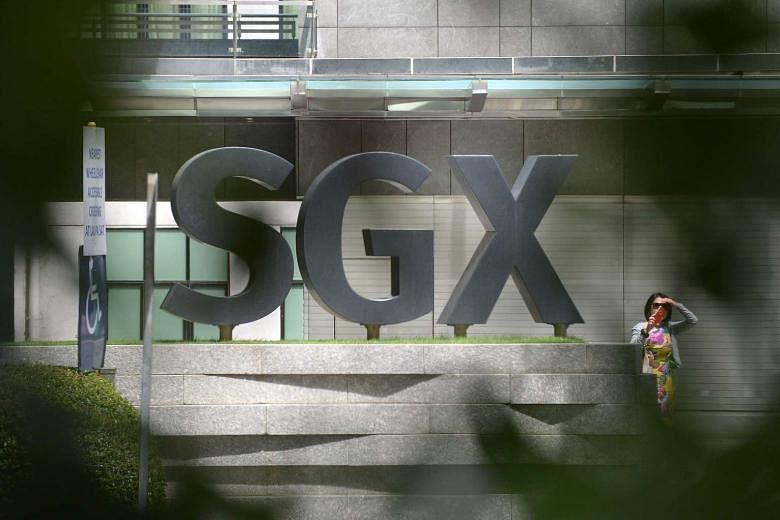SINGAPORE - Just how much fresh money is needed to spur the stock market into a bull trot? The sum may surprise you.
As the Singapore market has a market capitalisation of almost $1 trillion, you would think that it would have to attract billions of dollars of new money in order to stir up any kind of meaningful trading activities.
In fact, nothing could be further from the truth. The sum is actually much smaller - $175 million - to be precise.
This was the net sum poured by institutional investors into the local stock market in November as trading activities were energised by the sharp run-up in bank stocks, following Mr Donald Trump's electoral victory in the United States.
Until recently, it would have been impossible to track how the funds are flowing in and out of the various sectors in the local market - and the impact which they have on trading activities.
But in August, the Singapore Exchange rolled out an institutional monthly fund flow tracker report. This gives investors a look-back on what fund managers were doing with their investments on the various stock market sectors during the previous month.
Of course, what transpires in the market is not always quite straightforward.
There are plenty of buyers and sellers every day. But one useful feature of the SGX's new institutional fund flow tracker report is that it pins down the top buy and sell sectors among fund managers.
This can, in turn, help other investors to make better informed decisions on what to do with their shareholdings.
Thus, we know from the November report that there was plenty of buying interest in the financial sector where fund managers bought $1 billion worth of bank shares.
But there was plenty of selling interest as well, with fund managers selling a net $378.2 million of telco stocks and $299.8 million in real estate and Reit counters.
That financial stocks should be on the roll comes as no surprise since Mr Trump's victory raises the prospect of an end to the rock bottom interest rate regime that has hurt banks' net interest margin.
At the same time, rising interest rates make the high dividend-paying telco stocks and Reits less appealing. Hence the sell-off.
What is more important to traders is that after aggregating the buying and selling activities, there was fresh money entering the money and this stirred up trading activities considerably - boosting overall daily stock turnover to as high as $1.3 billion on some days.
Conversely, the lack of fresh institutional money can be a big impediment to market liquidity.
In September, the SGX institutional fund flow tracker report showed that fund managers' net purchases into the Singapore market for the month came up to a mere $600,000.
That means that apart from rebalancing their portfolios by switching from one stock to another, few of them were putting any kind of fresh money into the market.
This, in turn, had a dampening impact on trading activities, with overall daily market turnover falling below the $1 billion market to $984 million.
Lacklustre buying interest in September was followed by an outright scramble for the exit in October, with the SGX institutional fund flow tracker report showing that fund managers took a net $552 million out of the market, as they sold out of the telco and Reit sector.
Not surprisingly, overall daily market turnover fell to only $934 million, as their sell-off kept other investors on the sidelines as well.
So what can be done to keep the market on the boil?
Simple. Keep the fund managers coming. Every dollop of cash from them can make a big difference.


